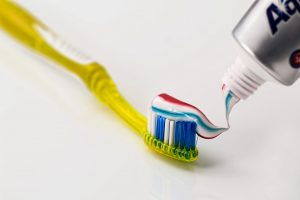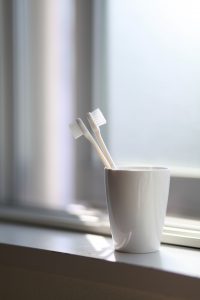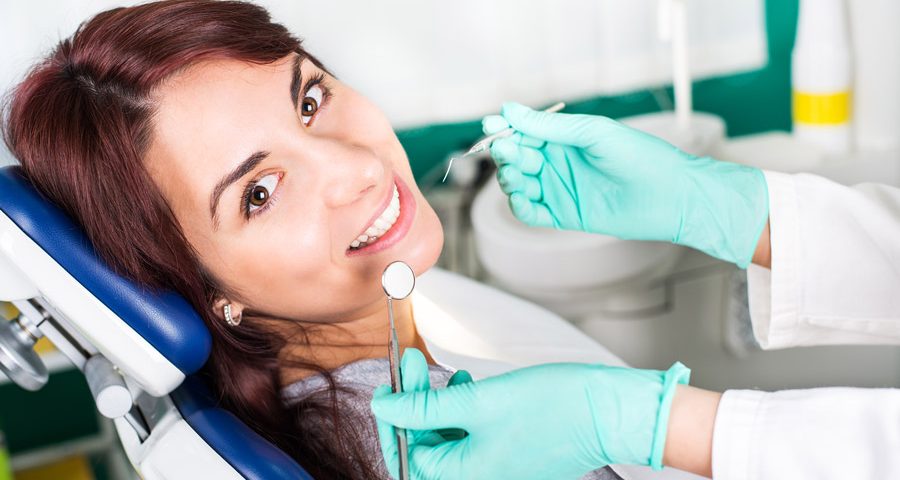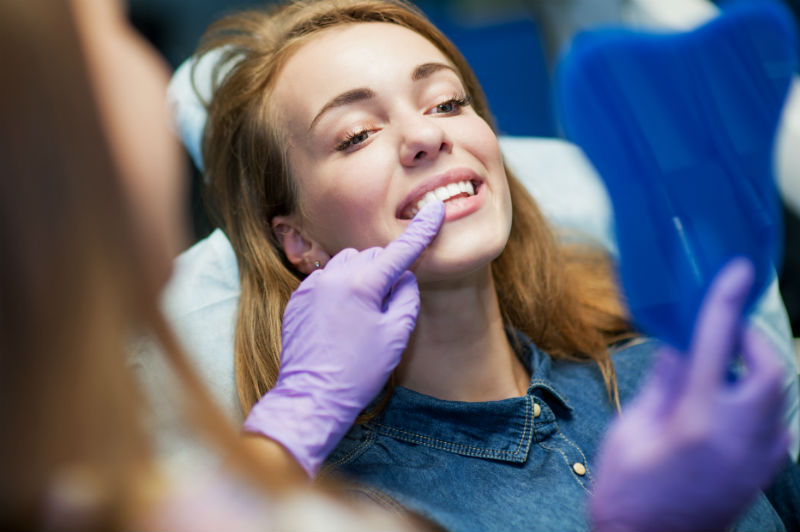10 Tips to Step Up Your Dental Hygiene Game

Importance and benefits of Dental Sealants
June 14, 2017
Do I Really Need Orthodontic Treatment?
August 7, 2017Brushing your teeth two times a day doesn’t ensure that your mouth gets the proper dental hygiene attention that it needs. Understanding great brushing technique and having right tools can help you to clean your teeth more thoroughly. We hope that those few dental hygiene tips will help you to take your dental routine to the next level.
Good brushing technique
It is not enough to quickly go through your teeth with the bristles in order to get rid of the food particles. You need to use a proper brushing technique, which includes holding your toothbrush at 45-degree angle to your gums. Try using short back and forth movements across the tops and sides of your teeth. After that, use vertical movements with shorter strokes on the back surface of the teeth. By doing that, especially focus on the front anterior teeth, because plaque tends to build up there more frequently.
Brush Long Enough
The majority of people brush teeth regularly, but not long enough. We highly recommend brushing your teeth for at least two minutes, two times per day. If you have difficulties to brush your teeth for that long, try to listen to song or video through those two minutes, or try to set a timer to track yourself and check if you brush enough.
The Right Brush
Always choose a toothbrush, which has bristles and a small head in order to reach the small fissures of your molars and other hard-to-reach places in your mouth. In those places, leftover food particles tend to hide after you eat. For this purpose, we recommend adults using a small or medium-sized toothbrush. Most dentists recommend softer bristles so as not to damage your existing enamel.
ADA Seal
Not all toothpaste contain same materials and they are not equally created. When you will look for a toothpaste try to find a product which carries ADA Seal of Acceptance. This seal has strict manufacturing regulations which will ensure that you get the right dosage of fluoride, which fits both adults and children needs. ADA Seal guarantees a thorough and safe job every time you brush.
Flossing
Flossing is as important as brushing and it needs to be done properly. When you go between your teeth you reach all the germs that are stuck there. It would be the best to use 18 inches long piece of floss. Try to use a fresh part of floss every few teeth, because in that way you will prevent reinserting bacteria that you removed before. Use a C shape motion, by wrapping the floss around each surface of the tooth in order to properly clean it. Try to avoid hitting the gums too hard.
Mouthwash
Mouthwash can help you to clean places, where floss and toothbrush can’t reach and clean properly. Remember that debris, left in your mouth can break down and turn into an acid that erodes your enamel and causes tooth decay which leads to gum disease. Using mouthwash every day will ensure more thorough cleaning of your teeth and provide you with the best effect and results of such dental care.
 Cleaning the brush
Cleaning the brush
You don’t need special cases, covers or any other equipment to keep your brush clean itself. Moreover, covering your toothbrush can even breed the bacteria, which you will possibly introduce to your mouth and teeth. The best option would be to clean your brush after each cleaning and allow it to air dry. The most important thing is not to share the same toothbrush with other people.
Changing your toothbrush
With time and usage, the bristles of toothbrush wear off and don’t provide the same cleaning effect as before. In that case, we recommend you to change your toothbrush every 3 to 4 months.
Tongue Scraper
Some toothbrushes include the ridge tooth-scraper in the back of the head. That area is used to scrape off your tongue and brush off the remaining bacteria of it. Scraping your tongue should be a part of your daily dental care routine. It won’t even remove the bacteria, but also it will freshen up your breath.
Maintaining oral hygiene is a big part of your overall body health. Following these tips of dental hygiene, improving your brushing technique and using the right products will help you to keep your teeth healthy and cavity-free. If you are interested in getting professional dental cleaning or thorough teeth examination, feel free to visit us at First Class Dental. You can schedule your appointment by calling us: (661) 383-2888.





